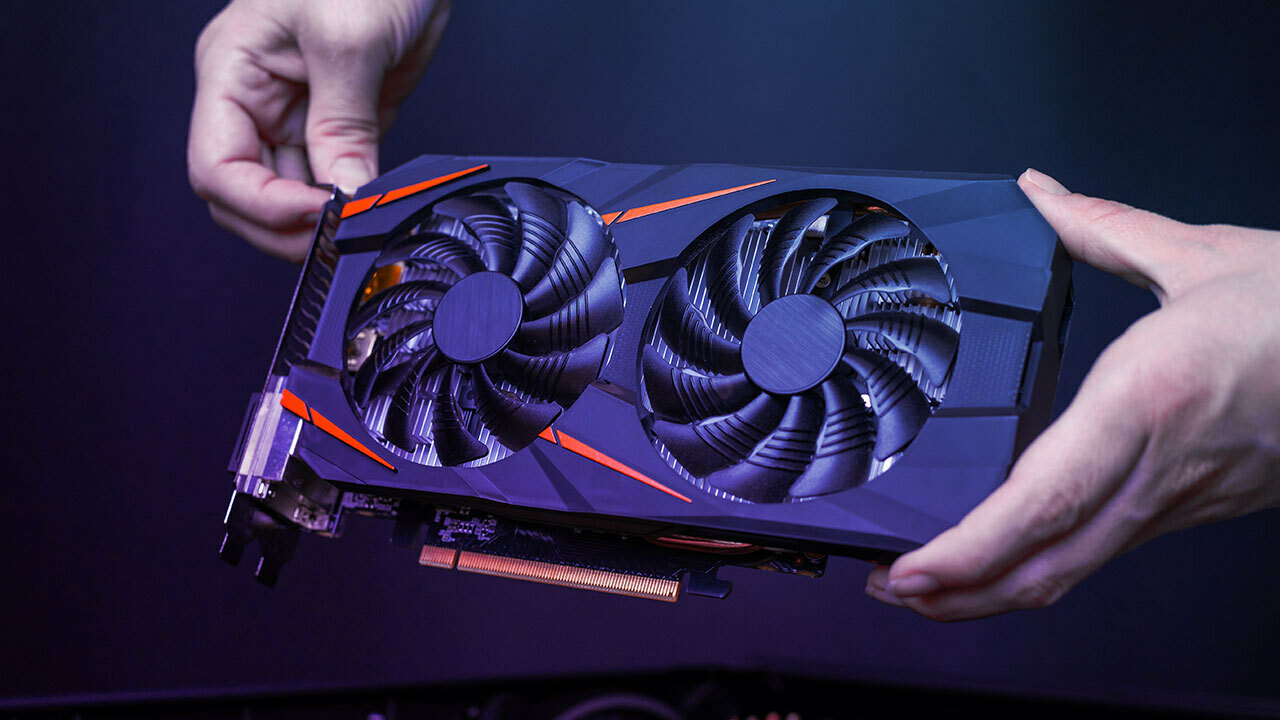
GPU temperature is critical when it comes to gaming PC builds. If it overheats, your unit might suddenly shut down while you’re playing games. The ideal GPU temperature ranges from 149° to 185° Fahrenheit (65° to 85° Celsius), and sometimes it can even reach up to 230° F (110° C). However, if the temperature goes beyond or stays more than 185° F (85° C) for an extended period, it can cause specific issues.
This is why gaming PCs usually have software or firmware that measures the temperature of your CPU and GPU. So users can easily track the temperature and be alerted if it goes beyond the ideal temperature. To help you prevent GPU from overheating, here are 7 tips:
- Tip 1 – Clean your PC unit.
- Tip 2 – Replace the thermal paste.
- Tip 3 – Improve the system airflow.
- Tip 4 – Get a new case.
- Tip 5 – Disable overclocking in your GPU.
- Tip 6 – Install fans on all its slots on the case.
- Tip 7 – Consider using a liquid cooling system.
Tip 1 – Clean your PC unit.
Usually, the reason why PC components overheat is because of dust buildup. So if you’re experiencing overheating issues, the first thing you should do is clean your unit. Clumps of dust can block your case’s ventilation system and restrict your fans from effectively doing their jobs.
Cleaning your PC unit and getting rid of dust particles can significantly improve its temperature, thus boosting its performance. If you haven’t cleaned your gaming PC yet, we have this guide to help you: “How to Properly Clean Your Gaming PC.”
Tip 2 – Replace the thermal paste.
It is pretty standard for the thermal paste on your GPU to dry out over time. Check and replace the thermal paste in the unit to quickly fix any overheating issues with your GPU.
But remember that when buying a thermal paste in the market, you need to choose a high-quality product. A high-quality thermal paste will last longer than any knock-offs, while the standard ones are made from zinc oxide and silicone. High-quality thermal pastes contain silver, gold, or copper, which are better materials for conducting heat.
Tip 3 – Improve the system airflow.
Another way to lower your GPU temperature is by improving the airflow inside your PC case. You can simply enhance the fan placements inside the case or fix the cable management. Too many obstructions inside your PC case can affect the airflow and ventilation of your unit.
Consider adding more fans into your unit as well. Using only one won’t be enough to cool the air for your components, such as your GPU. More fans will effectively help the airflow and significantly improve the temperature inside your PC case.
Tip 4 – Get a new case.
Before adding more fans to your PC build, consider doing the “open-case” test first to help you know whether the case has something to do with the ventilation issue of your system.
To do the “open-case” test, play video games on your PC to run the GPU for about 10 to 15 minutes. Do this while the case is closed and check the GPU temperatures. Do the test again after the PC has cooled down, only this time, keep the case open. If you see a notable difference between the two, you should upgrade to a new case.
Get a PC case with more fans to significantly improve the airflow inside your unit. You can also buy one with a more open or mesh design. Just remember to buy a model designed for excellent airflow.
Tip 5 – Disable overclocking in your GPU.
Overclocking your GPU will boost your GPU performance but increase its running temperature, so it is not advisable. Disable the overclocking to prevent your unit from running overtime.
Once you have disabled it, check your GPU running a temperature to see if it has improved. If not, the best choice until you have a better airflow system is to underclock it.
Underclocking your GPU can reduce the temperature and power consumption of the unit. Once you have upgraded your airflow system, you can set it back to default.
Tip 6 – Install fans on all its slots on the case.
Check your case for fan mounts. These slots should be occupied with fans for you to experience the case’s full airflow potential. Leaving any slots vacant is wrong, especially if you’re overclocking your GPU and CPU.
Buy and install fans to fill all the vacant slots so it can boost your airflow. This will improve the temperature readings of your unit when gaming. Also, make sure that you purchase quality PC fans so they can work effectively in cooling your system for the long run.
Tip 7 – Consider using a liquid cooling system.
If you have the budget, switch from fans to a liquid cooling system. Liquid cooling systems are great for gaming PCs with overclocked GPUs. Even if you have a generic fan or stock cooler in an overclocked GPU, the temperature will still be high. But a liquid cooling setup will decrease your usual temperatures to lower than 50°C.
You can also set up your own liquid cooling system, but you need to know what. This will need plenty of research and time. If you’re not too technical, we highly recommend getting a professional to install it.